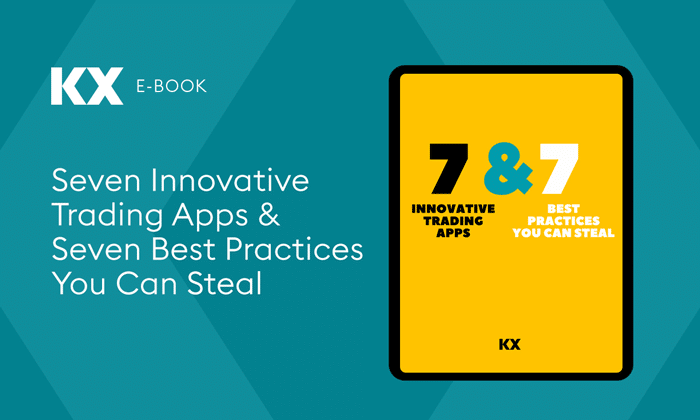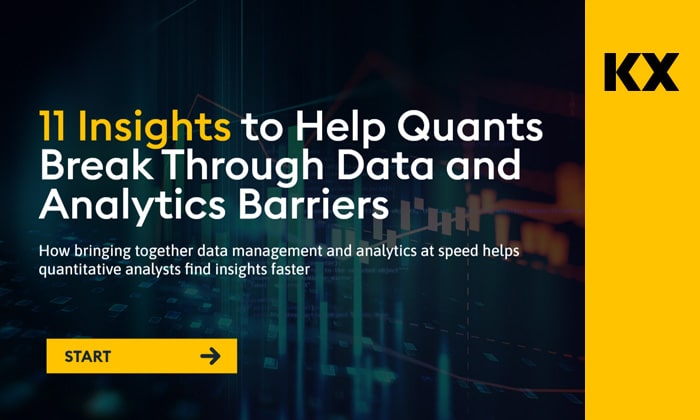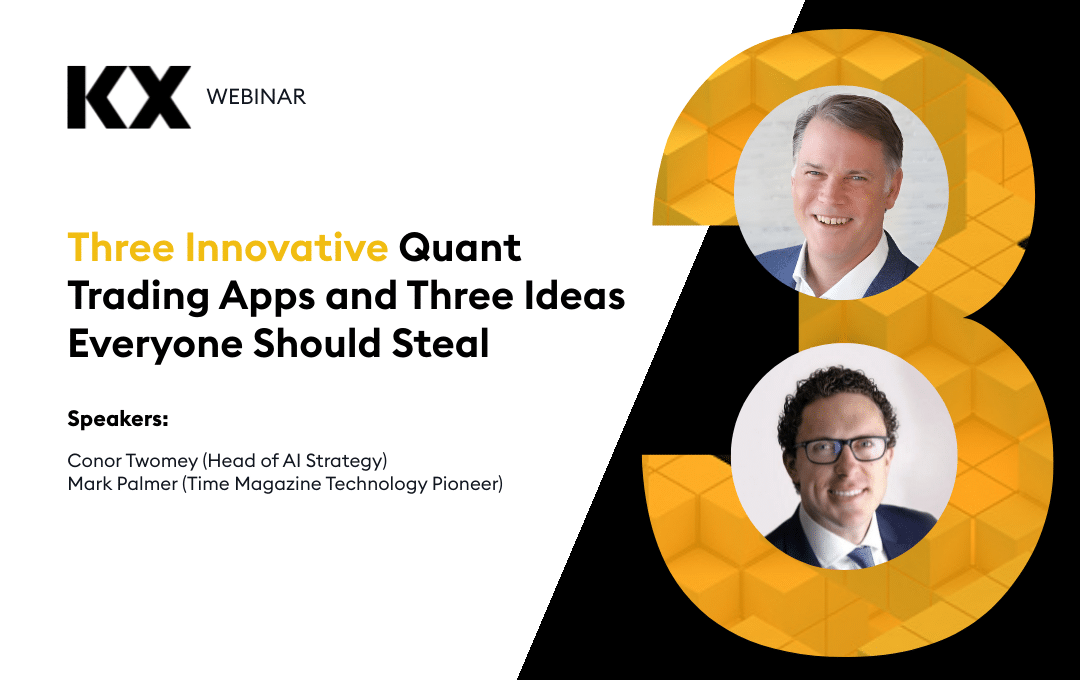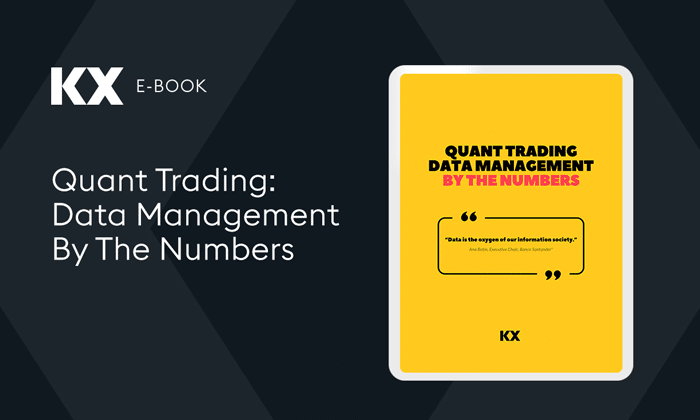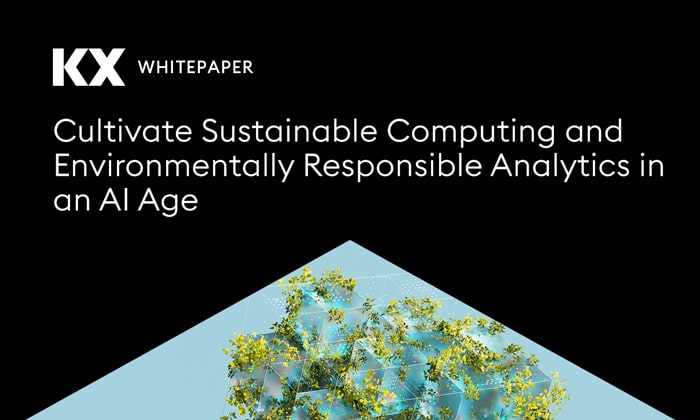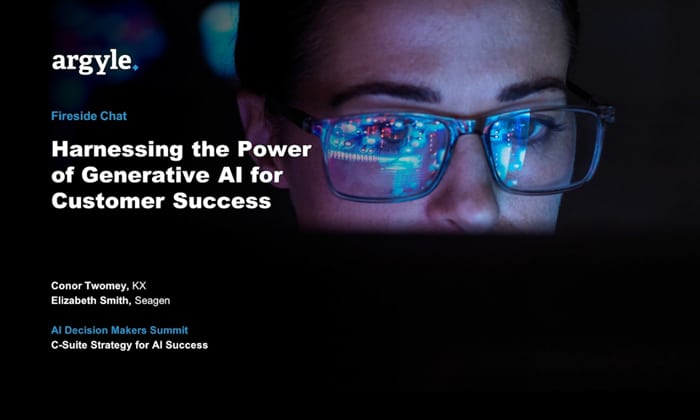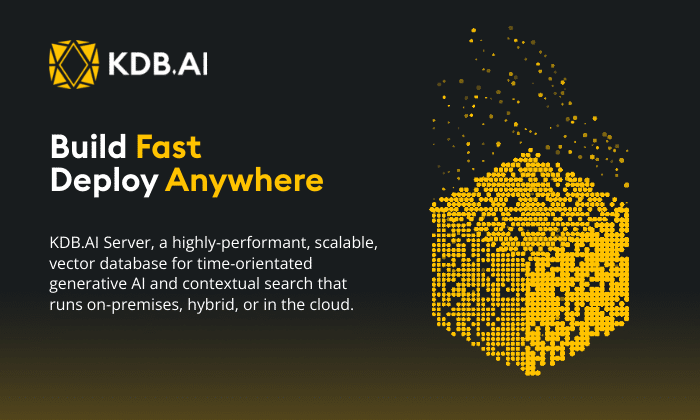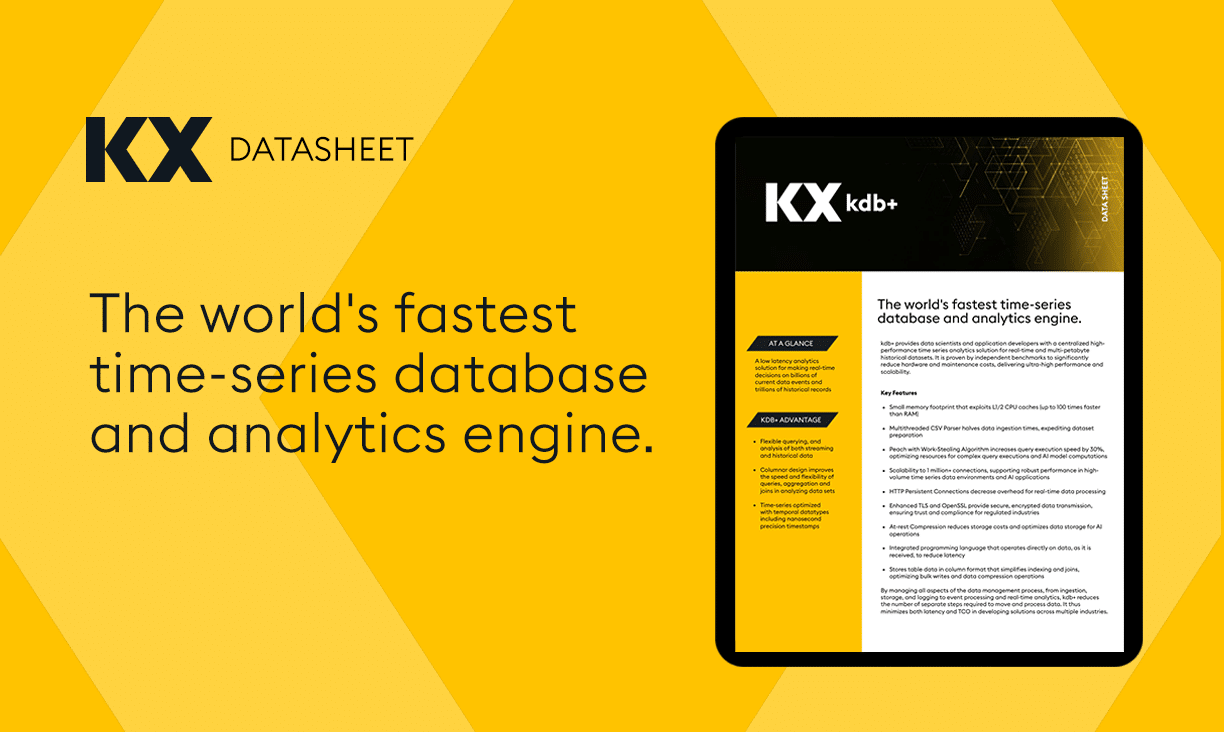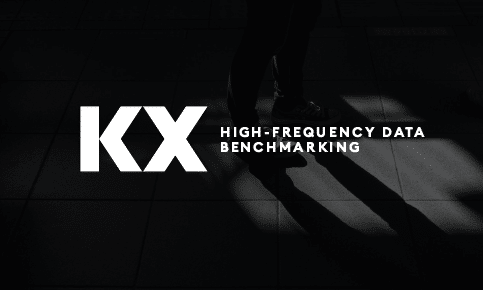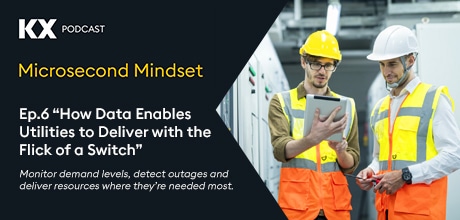Data Enables Utilities to Deliver with the Flick of a Switch
24th January 2022
Most of us don’t think about the complex system working to deliver our utilities 24/7, even in the face of high demand or disastrous challenges. Part of what’s keeping the lights on is the ability to monitor demand levels far and wide, detect outages, and deliver resources where they’re needed most.
Young Ngo, CTO of Survalent, helps utilities do just that. On this episode, we’ll learn how their distribution and outage system equips utilities to distribute power to the end users reliably, safely, and cost effectively, and how data drives this capability.
Listen to the podcast on your favorite platform:
Vincent Lam (VL): I have to say I’m thoroughly convinced, Young, about how data, electricity, and grids go together, for sure. And I think probably some of our listeners are really, especially those that are not in the utilities industry, I think that this is very eye opening. So, you know when we talk a little bit about the Survalent platform from a relationship perspective — just full disclosure, I know you guys use KX as the streaming analytics platform in that space — so, what did the streaming analytics abilities do for you?
Young Ngo (YN): Maybe let me step one step back and kind of paint a picture of where utility is today. So, I kind of set the stage that the grid infrastructure layer is essentially the same, right? The wires and the cables and the transformer essentially will need to be there for whatever future we may have — even solar on the roof, battery at the home or even the electric vehicle that could feed the power back. That infrastructure will be required unless you plan to go 100% off grid and not rely on the general conventional system. Data — leveraging data — it’s still very much an operational event. Data coming in today is operating with a normal band on a blue-sky day right; a grey sky day is exceeding a threshold. If it is bordering that then they take operational data, and utility is structured to basically manage responses to the event. It’s not currently, what I would say, in a position or prepared for analytics and acting on trends and forecasting. So, when you’re talking about the ability to leverage some of those data from the sensor that are coming in — more communication that is available — that’s the important point. In the past, utility would use radio technology from a device to a hopper, and they get the data back. So, the latency could be 10-15 minutes, and sometimes it doesn’t get in. So hence there is a confidence level, also for utility to say, “Okay, if that data does not come in all the time” — if it does, data quality, and we’ll probably touch on this a little bit later — “than how do I trust the data to act on it?”
YN: And at this point, things like 4G, 5G, devices at the grid, development of the internet, more data…what I would say is that there are more options to understand what that data is going to be able to help the utility with and allow vendors like us that design operational software, collect this data, aggregate them, curate them, to understand the relationship from one second data to five minutes data and what it all means, and give the opportunity for the utility to automate and act on what’s happening in the grid. Today, a lot of it is depends on operator knowledge. So that historical, “Hey, I saw that what happened before, I’m going to do the same thing today.” But the grid will be changing, is changing, as I noted about what’s happening at the grid edge, and EV and all that. That’s no longer valid. And this is why utility will need to depend on what I say data and the analytics necessary in order to act at the speed at which the grid needs to respond in the future.
VL: Yeah, that’s really interesting how your platform and the usage of real time data is enabling all these new uses for the grid, right? Like, whoever thought that a one-way grid going to your house would somehow, someday become bi-directional and you would somehow contribute to the grid right from your house, rather than just consume all the time or from your EV, as you said.
YN: Yeah, so one of the possible applications and maybe this is for you, or consumers –sometimes you see at home, the light blinks once, right, and goes back on and blinks again. That means that there are devices on the grid, like a router or a power router, that are trying to open and close to clear some things in the system. And I think we have experience of this. So, the goal with the data and the accuracy of data is to allow the grid when there’s an outage — like somebody run their car into a pole, the line went down — to be able to isolate that outage area to as small a footprint and impact as possible. It’s almost like isolation. And then refeed the rest of the area outside of that impact zone with sources from other directions, right, or distributed generation.
YN: So, to me, that is the intelligence. And all of that needs to happen within one minute. In order to be effectively what we call a momentary outage. So, if you see something that goes out and goes back in, there’s our intelligence now in the grid, that communicates, talks to each other…like three seconds of data come in and be able to restore that grid quickly. So, I think these are the key things that are going to be important to leverage the data and the automation because as an operator, even if they know it, that will be 10-to-15-minute jobs. “Okay, I turn on this breaker, I switch it, analyze it.” And that’s what part of the Survalent platform and leveraging some of the data and the data analytics is certainly going to help improve in the world where the grid gets certainly much more complex, with solar EV, and all these things that’re going to be at the grid edge.
Listen to the full podcast episode to learn more.
